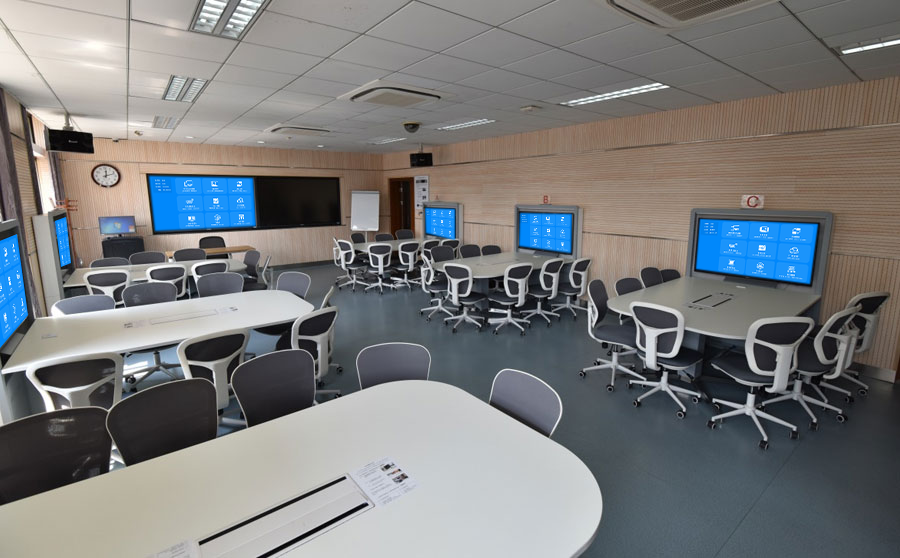What is Multi-Screen Collaboration? The Evolution from Wireless Screen Mirroring to Efficient Synergy
Are you still stuck in the mindset that multi-screen interaction is just “simply casting your phone screen to a TV”? That’s only the starting point of multi-screen collaboration. Today, multi-screen collaboration has evolved into an entirely new way of working—far more than just wireless screen mirroring. It achieves the integration and synergy of capabilities across devices, fully unlocking productivity.
The Qualitative Leap from “Mirroring” to “Collaboration”
Traditional wireless screen mirroring (or phone screen mirroring) is essentially one-way screen duplication or content streaming—like “copying” the display of Screen A onto Screen B. Multi-screen collaboration, however, is two-way and interactive. After casting, it allows you to use the large screen’s mouse and keyboard to operate your phone remotely, drag files between different devices, and achieve true seamless connection.
Core Application Scenarios of Multi-Screen Collaboration
- Business Meetings: Participants can not only cast their laptops to the conference screen but also make real-time annotations and modifications on a shared digital whiteboard. All changes are synchronized instantly for everyone.
- Interactive Classrooms: After teachers cast their tablets to the interactive teaching display, they can move around while using the tablet to control courseware playback. They can also take photos of students’ assignments in real time and upload them to the large screen for explanation, creating an efficient interactive classroom.
- Creative Design: Designers can use a tablet as a drawing pad to create in computer software, with real-time screen linkage between devices.
How to Experience Multi-Screen Collaboration?
Currently, typical examples of multi-screen collaboration include Huawei’s “Multi-Screen Collaboration,” Apple’s “Universal Control,” and Samsung’s “Dex.” These features usually require devices to belong to the same ecosystem brand. For cross-brand devices, some professional software (e.g., Scrcpy, SpaceDesk) and hardware mirroring adapters can also realize partial collaboration functions.
Multi-screen collaboration represents the future trend of office and learning. Through more in-depth wireless screen mirroring technology, it breaks down device silos and makes collaboration truly efficient.
